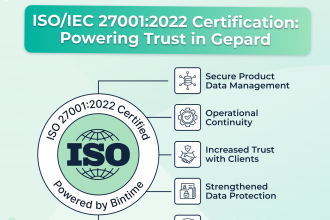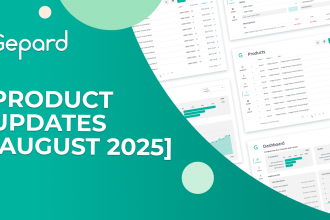What is Circular Economy VS Linear Economy?
Linear economy simply refers to a model in which products are designed, produced, and used before being disposed of. Another model, capable of solving problems, is the circular economy, being based on the principles of
sustainable development.
A linear economy follows a simple model: information resources are used, capital is invested, and in return, materials are explored, products are manufactured, and wastes are produced. Closely connected with this aspect is the model known as ‘take, make, dispose,’ which is incredibly unsustainable since most resources within the environment are consumed.
The circular economy is the practice of effectively utilizing necessary materials and avoiding the use of those which are not necessary. They are manufactured with a view under which the material used cycles through the product, in anticipation of recycling. It is a model that uses fewer new commodities, and it has restrictions concerning the environment.
Comparison Between Linear And Circular Economies
The difference between circular and linear economy systems is rooted in their differences in structure. In a linear economy, resources flow in a single direction: Extraction, production, consumption, and disposal or Recycling and Waste Management. Through this model, resources are depleted, and the environment gets destroyed without much thought being given to the matter.
On the other hand, a circular economy is a system that fosters the circularity of the economy.h The second process is upstream and relates to proactive measures before a product or service is produced and offered to the customer. In the end, products are used for the optimum time with recycling, reuse, and/or remanufacturing of the resources.
This way of cutting costs is the best since it involves the use of the circular model, which is cheaper in the long run and the best way to promote the conservation of the environment and the economy.
Why is the Linear Economy unsustainable?
The linear economy is unsustainable because it follows the model of “take, make, dispose of”. This approach exhausts the resources quickly and hence leaves them scarce and expensive. Also, it produces a lot of waste, thus exacerbating pollution and environmental problems. It also contributes to climate change and harms ecosystems due to the dependency on resource extraction and disposal.
However, the linear economy model can not be sustainable in the long run because it does not take into account resource constraints and environmental concerns.
Importance And Benefits Of Circular Economies
The circular economy offers numerous and far-reaching advantages by efficiently using resources, minimizing waste, and promoting environmentally friendly production and consumption practices, which reduces environmental degradation and greenhouse gas emissions.
Why is a circular economy better than a linear economy? The circular economy not only addresses environmental issues but also drives economic growth. It creates new business opportunities, generates jobs, and fosters innovation. By extending the lifecycle of products through reuse, recycling, and remanufacturing, it reduces costs and dependency on finite resources, making it a more sustainable and resilient economic model.
What Are The Four Main Concepts Of Circular Economy?
The circular economy is built on four main concepts: The four R’s include: reduce, reuse, recycle, and redesign. These principles are designed to make the economy flow cyclically to make sure that resources are utilized in the best manner possible to have a long lifecycle.
- Reduce: Reduce the consumption and generation of resources and wastes right from the design stage.
- Reuse: Reduce the rate of product replacement through maintenance and refurbishment.
- Recycle: Recycle the materials used to create new products to minimize the use of raw materials.
- Redesign: Improve products and processes to make them more sustainable and effective.
Why Should We Transition From A Linear To A Circular Economy?
Transitioning from a linear to a circular economy is crucial for sustainability and economic resilience. By addressing the circular economy gap, we can bridge the disparity between current resource use and the potential for sustainable practices. This transition minimizes waste, maximizes resource efficiency, and fosters innovation, leading to a more sustainable future where economic growth is decoupled from resource depletion and environmental degradation.

